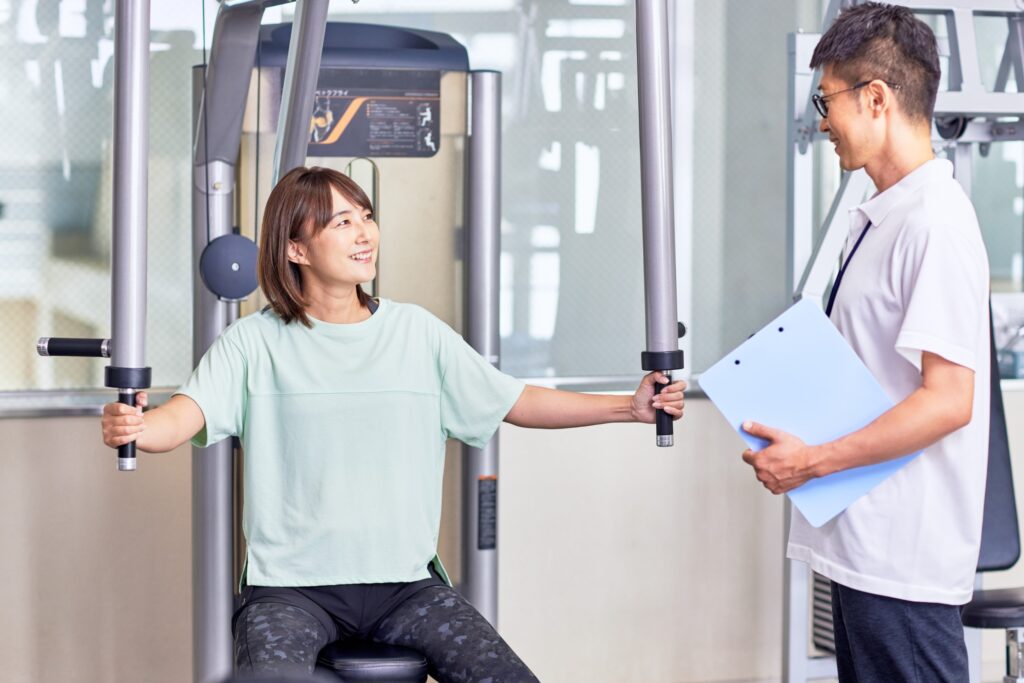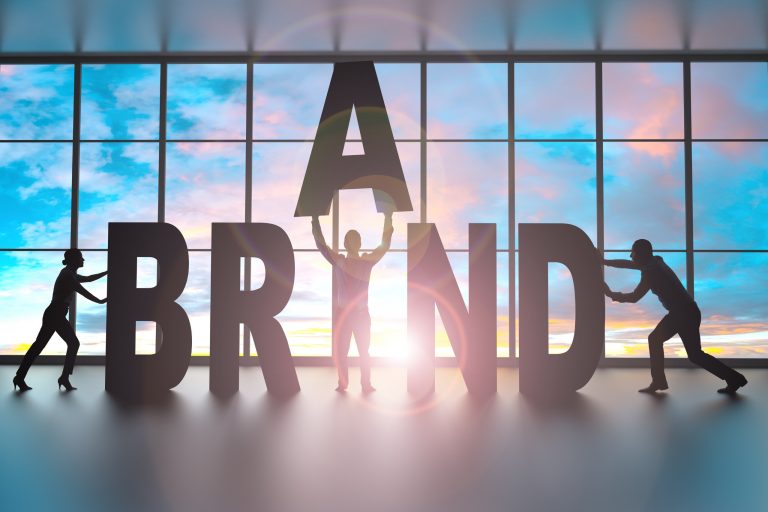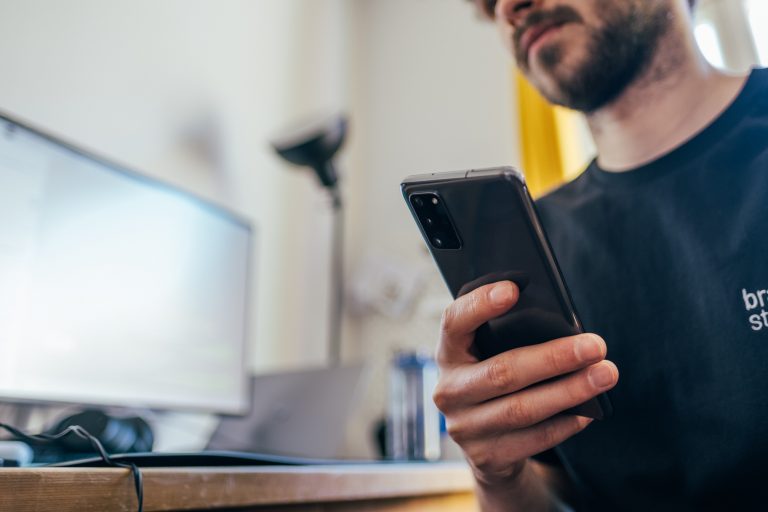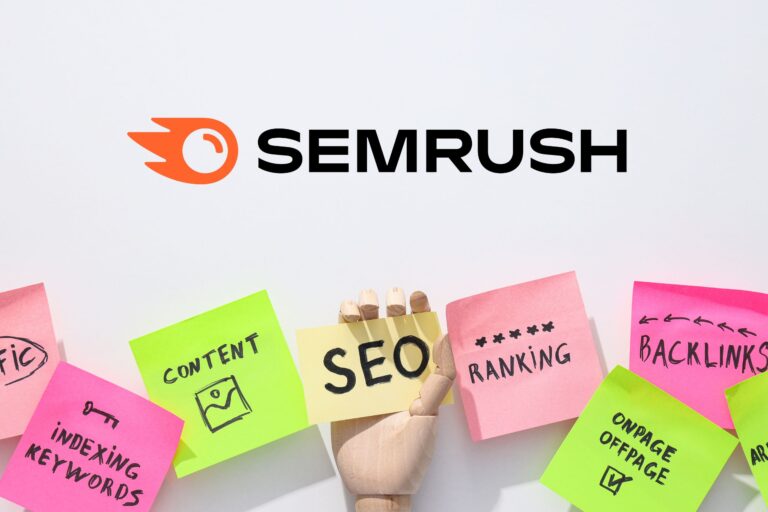
Introduction
People need to be able to meet, be held responsible, and have new experiences in order for the training business to work. As members work to improve their health, they want more than just to use the tools. They want to be seen, helped, and backed up. At the same time, gym owners need to keep track of their members’ workouts, contacts, and goals. This can be hard to do without the right tools. This is where a gym CRM makes a big difference. A fitness center-specific CRM has one tool that handles marketing, organizing, and customer service all in one. This helps the owners and employees serve customers and run the business better. It checks to see if every touch is useful, like when it sends class notes to specific students, looks at attendance trends, or pays members who stick with it. People who work out at clubs that want to build better communities and grow in a way that doesn’t hurt the environment now use CRM technology to keep people excited and motivated.
Streamlining Membership and Class Management
An important thing for gyms to keep track of is all the contracts and class schedules. A CRM keeps track of all of this information about users, class dates, replacements, and fees in one place. The staff doesn’t have to manually check files or move between systems; it’s easy for them to keep track of everything. You can change your biography and book lessons online once you’re a member. You’ll also be notified automatically when your membership or plan changes. This speeds up everything.
The gym staff will have more time to help members since they will have less time to do boring jobs. With this way, people are less likely to forget to send a payment notice or book two things at the same time. CRMs are helpful for bigger clubs that have a lot of classes, like yoga, strength training, and group exercise. The staff is told how many people are coming, and if there aren’t enough chairs, the food is changed. This saves time and money and keeps things running smoothly. When a gym is busy, making it easy to handle lessons and contracts directly helps people get better service and stay with the gym longer.
Enhancing Member Relationships and Engagement
Good gyms are for people who get along. With a CRM, your staff can keep track of the hobbies, goals, and growth of your users. This makes talking to someone feel more personal. Trainees can see things like how often a person has shown up and offer new programs that will work better for them. Emails or app alerts that are sent regularly can offer support, mark big accomplishments, or tell people to do their exercise chores now.
When you can customize this much, people are more likely to stay loyal. The gym knows its members are working hard when it helps them reach their goals in areas other than working out. It also makes it possible to sell extra things, like extra classes, food tips, or personal training lessons. People are more likely to stay members for a long time if they are contacted often and find the information useful. In the end, a CRM turns small conversations into big connections that make people want to keep coming back. This makes a place where the community is more important than business.
Improving Operational Oversight for Gym Owners
Good service and making sure the business stays profitable are two things that gym owners need to find a balance between. A CRM tells business owners a lot about things like gross sales, member engagement, class success, and how well employees are doing. Plus, these new views help you see what works and what needs to be changed. Managers can change the times or offer deals to get more people to come to some groups if records show that they aren’t getting enough students.
A gym’s success can be judged by how many members repeat each year. Being open about this is a good way to keep track of that. Trends, like the times of day when people are most likely to stop going, can help gyms make plans to get members to come back. Member who haven’t signed up in a while might sign up again if they get follow-up emails or special deals. If gym owners have a good understanding of their financial and management data, they can make decisions that are better for both the members and the business.
Supporting Marketing and Community Growth
To get new people and keep the ones you already have interested, marketing is very important. This is easy to do with a CRM because it lets you send targeted ads to groups of users. People who might want to join can get ads from gyms. People who have been going for a while can get deals, and everyone can get news about new classes and events. This way keeps track of how interested people are, which helps future marketing plans work better.
Another thing that a CRM does is make people feel like they are part of a group. By setting up polls, review requests, and event calls, gyms can keep their members busy with things other than their regular workouts. People are more responsible in strong communities, and more people join. The community’s fans tell their friends and family about the community’s good points. A lot of the time, the best way to sell something is through word of mouth. A gym People who care about health can meet and get to know each other through CRM. This helps gyms get new users. It does this by using both practical effectiveness and relationship-based tactics.

Conclusion
A gym crm does more than just keep things going. It also helps people work out together better and get more done at the gym. It helps exercise spots offer value by making contracts easy to manage, giving useful information, and putting up ads. There are more people for members to meet, talk to, and get help from. The gym owners get the information they need to make decisions based on facts. CRM helps clubs stay in touch, organized, and ready to grow in an area where it’s important to keep members for a long time. You can trust a gym CRM because it puts people first. This helps the business grow over time.






